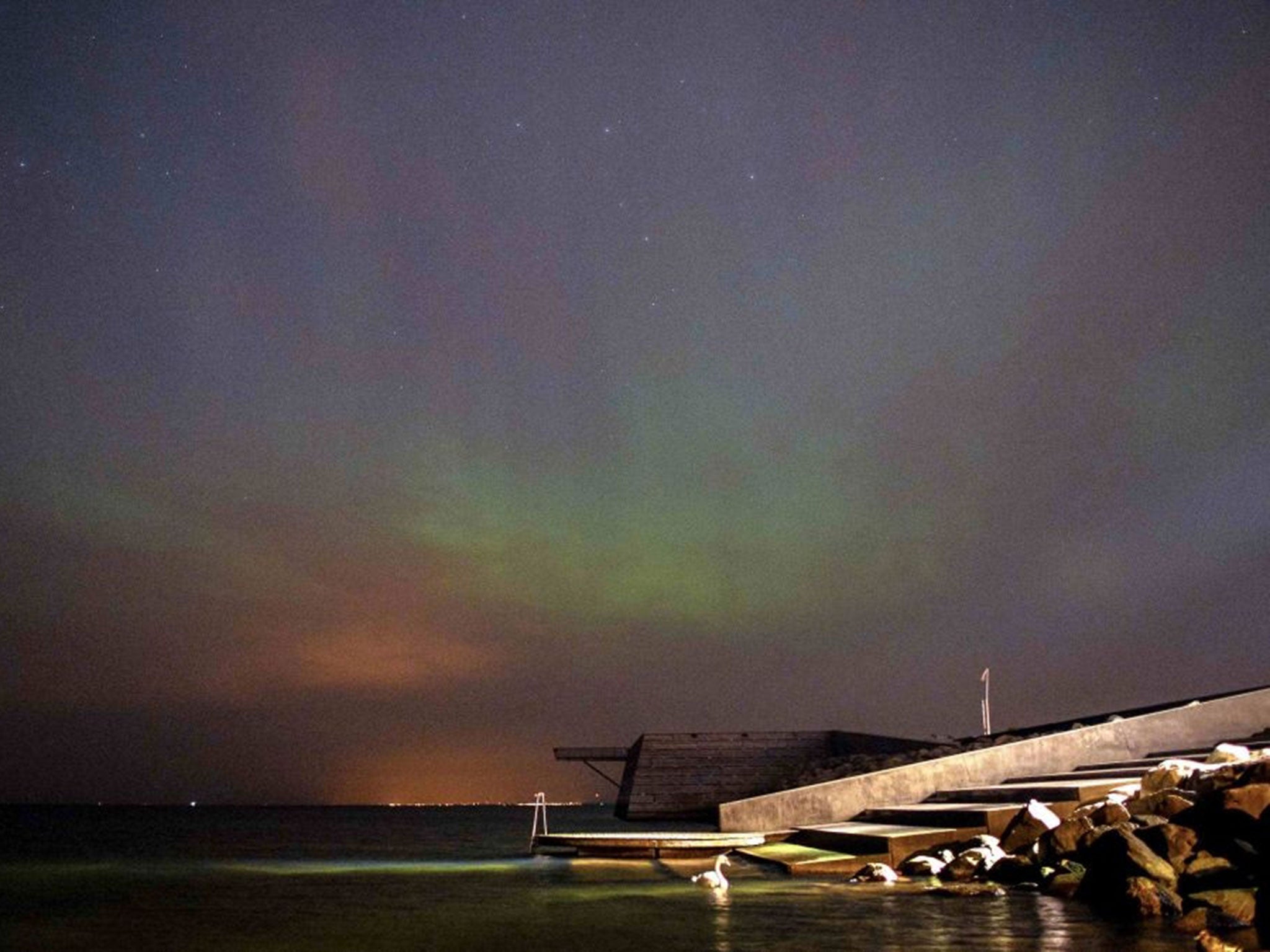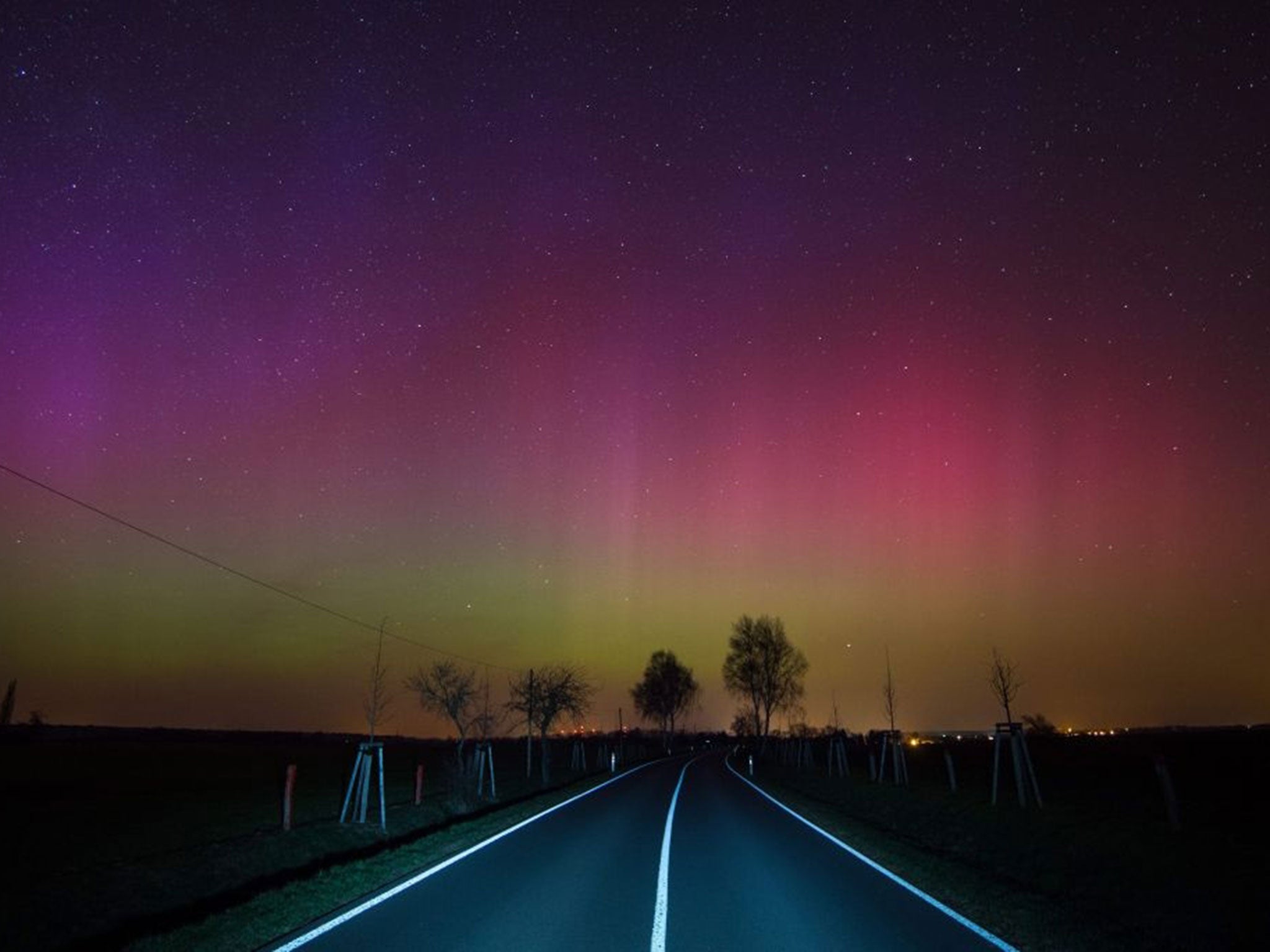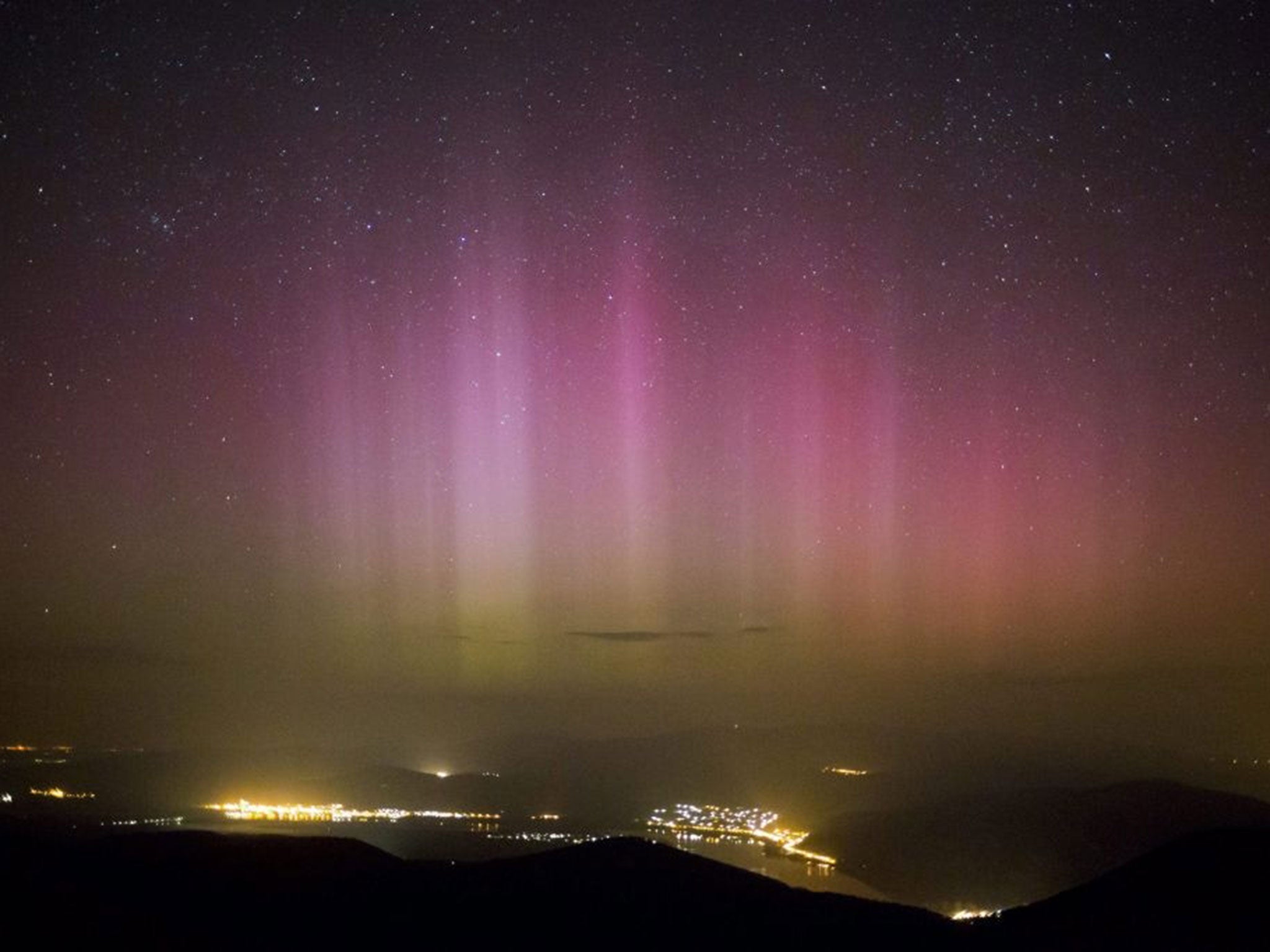Northern Lights: Nasa astronauts share incredible images showing aurora borealis seen from space
The other-worldly phenomenon is caused by magnetically charged particles colliding with the Earth's atmosphere

Proving that being an astronaut is one of the coolest jobs in the universe, the Nasa crew on board the International Space Station have shared stunning images they took as they passed over the Northern Lights.
The breath-taking light display seen across the northern hemisphere in the early hours of Wednesday morning was caused by the biggest spike in solar activity for around two decades.
Astronaut Don Pettit, who has flown through an aurora borealis display, told Nasa that it was "like being shrunk down and put inside of a neon sign."
Astronaut Terry W. Virts shared a Vine of how he experienced the Northern Lights inside the International Space Station, where the phenomenon almost looks like a ghostly green smoke travelling above the Earth.
He also posted a photo of the aurora borealis as an emerald green streak across the sky, captioned: “The most amazing green I've seen, courtesy of a solar flare”, accompanied by #spacevine.
Fellow Space Station astronaut Somraj Basumatary also shared an ethereal image of the aurora borealis, showing city lights glimmering from underneath clouds, as the Northern Lights appear above as an illuminated strip of neon green.
Those of us on planet Earth were also treated to an incredible Northern Lights show, with beautiful photos emerging from a range of places further south than is usual, including the Midlands, as well as Germany and Hungary.



Northern Lights happen after a Coronal Mass Ejection (CME), which occurs when explosions on the Sun cast magnetically charged particles into space.
These particles are then deflected by the Earth's magnetic field. However, as it is weaker at either pole, some particles enter the atmosphere and collide with gas particles. Therefore, areas closer to the North Pole, such as Iceland and Norway, are where the most vivid Northern Lights take place.
In the southern hemisphere, they are known as the Aurora Australis and can often be mirror-like images that occur at the same time as in the north.
Wednesday’s show came after an unexpectedly strong CME left the Sun on Sunday, causing a severe geomagnetic storm and prompting forecasters to predict possible sightings. The CME arrived at Earth in the early hours of Wednesday morning.
Additional reporting by AP
Join our commenting forum
Join thought-provoking conversations, follow other Independent readers and see their replies
Comments